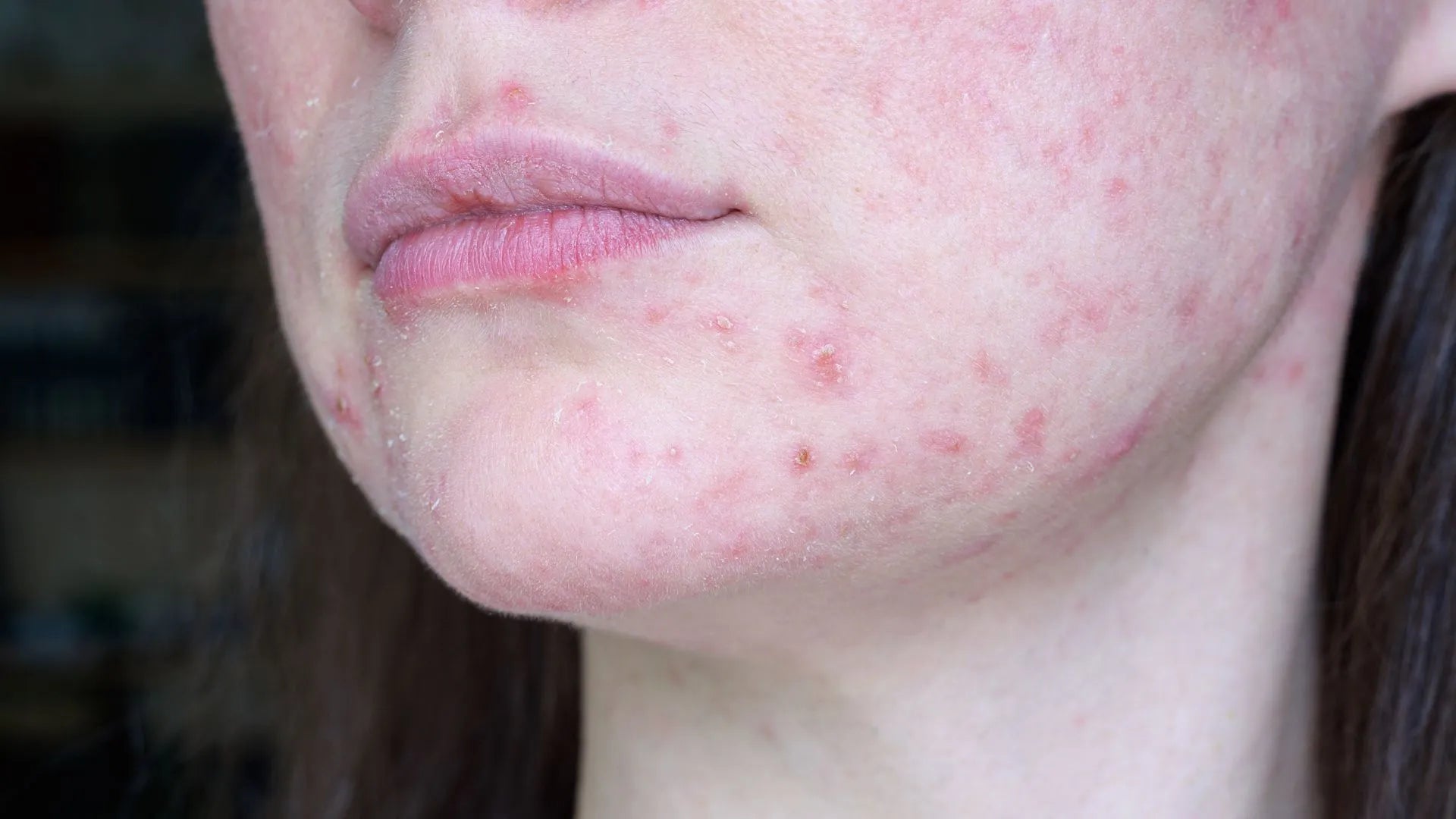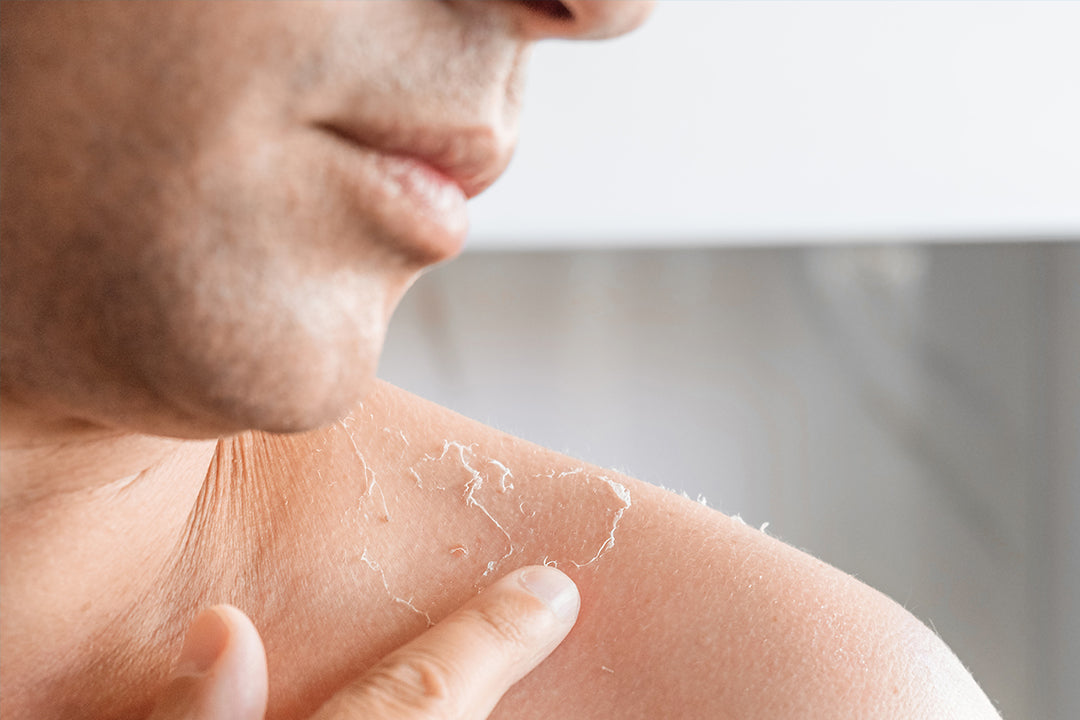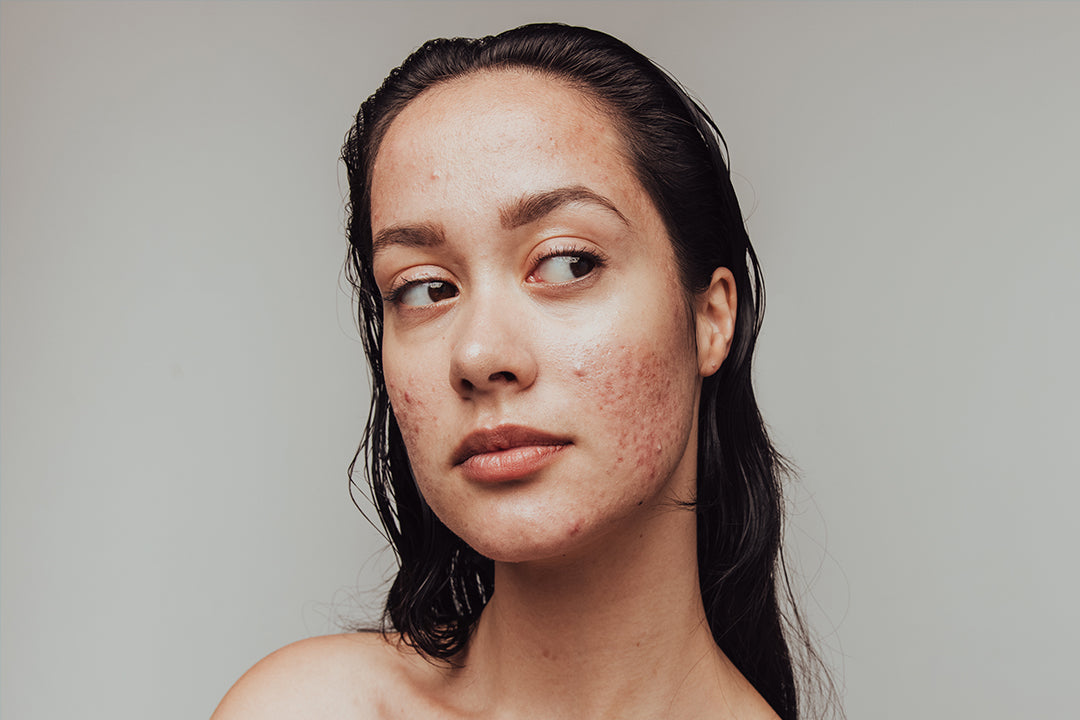Post-Inflammatory Erythema (PIE) is a common skin condition characterized by red, pink, or purple marks on the skin. It is often caused by acne inflammation but can also result from other skin conditions or injuries. PIE is a temporary condition that usually fades over time, but for some individuals, the marks can persist and become esthetically undesirable.
Causes of Post-Inflammatory Erythema
Acne is the most common cause of PIE. When the skin experiences inflammation due to acne breakouts, it triggers an overproduction of pigment in the affected area. This excess pigment leads to the formation of red or purple marks. Other skin conditions that can cause PIE include eczema, psoriasis, and dermatitis.
Symptoms of Post-Inflammatory Erythema
The primary symptom of PIE is the presence of red, pink, or purple marks on the skin. These marks are usually flat and do not have a raised or indented appearance. PIE can affect any part of the body, but it is most commonly seen on the face, neck, and chest.
Treatments for Post-Inflammatory Erythema
There are several treatment options available for managing and reducing the appearance of PIE:
- Topical Treatments: Certain creams or gels containing ingredients like niacinamide, retinoids, or azelaic acid can help fade PIE marks over time.
- Medical Treatments: Dermatologists may recommend procedures such as laser therapy or chemical peels to target PIE and promote skin healing.
PIE vs. Post-Inflammatory Hyperpigmentation (PIH)
It is important to differentiate between PIE and Post-Inflammatory Hyperpigmentation (PIH). While both conditions involve skin discoloration, they have different underlying causes and require different treatment approaches. PIE refers to red or purple marks caused by excess pigment, while PIH involves dark brown or black marks resulting from an overproduction of melanin. Understanding the distinction between these two conditions is crucial for effective treatment.
When to See a Dermatologist
If you are concerned about your PIE marks or if they are not improving with at-home treatments, it is recommended to consult a dermatologist. A dermatologist can assess your condition and recommend appropriate treatment options based on your specific needs.
The Bottom Line
Post-inflammatory erythema (PIE) is a common skin condition characterized by red, pink, or purple marks on the skin. It is often caused by acne inflammation but can also result from other skin conditions or injuries. While PIE usually fades over time, some individuals may require medical interventions to reduce the appearance of the marks. If you are struggling with PIE, consult a dermatologist who can guide you towards the best treatment options.









